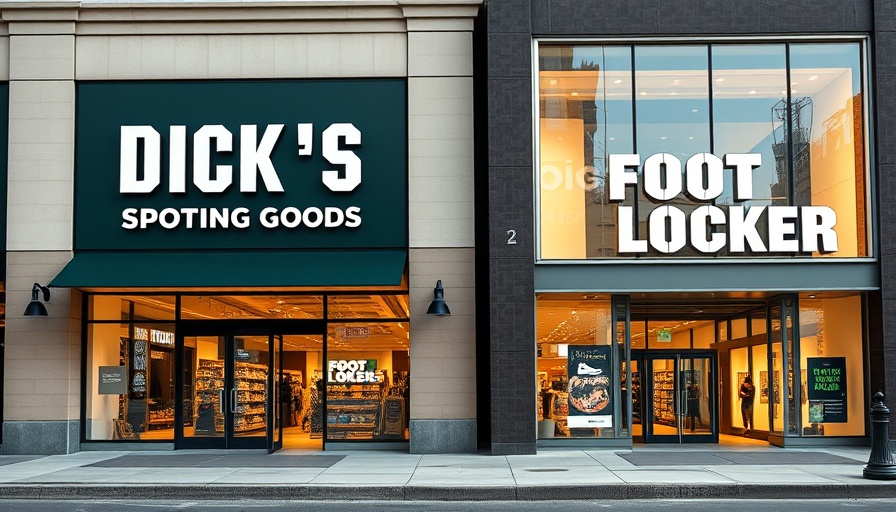
Sen. Warren Voices Concerns Over Dick's Foot Locker Merger
In a recent move to safeguard consumer interests, Senator Elizabeth Warren has formally requested the Federal Trade Commission (FTC) and the Department of Justice (DOJ) to critically assess the proposed $2.4 billion merger between Dick's Sporting Goods and Foot Locker. Her letter underscores serious concerns that the merging of these two retail giants could result in increased prices, diminished competition, and job losses within an industry already feeling the pressures of consolidation.
The Implications of a Retail Duopoly
According to Warren, if approved, this merger could form a duopoly in the athletic shoe market, raising significant barriers for other competitors like JD Sports, who has aggressively expanded in the U.S. market. The merging companies could dominate prices and influence product availability in a way that disadvantages consumers. This phenomenon can lead to higher prices for necessities, as noted by a recent survey indicating that many families are already struggling to manage expenses.
Rising Prices Looming Over Consumers
Warren's letter highlights how the potential rise in footwear prices could adversely impact families, especially during the back-to-school shopping season. Over half of the parents surveyed indicated they might sacrifice essentials like groceries due to escalating prices. This frightening trend raises the question: if retail giants merge to control the market, what hope is there for everyday consumers struggling to make ends meet?
Future Perspectives in Retail
As the retail landscape continues to shift with increased mergers and acquisitions, there is a pressing need for regulatory bodies to keep a vigilant eye on these changes. The evolution of consumer goods companies could reshape how we shop, with potential consequences that extend beyond retail into sectors like employment and overall economic health.
In conclusion, as business leaders and professionals, it’s essential to stay informed about trends and changes in the marketplace that can directly impact your consumers and overall economic climate. Engage with local representatives like Senator Warren who are advocating for fair play in business.
 Add Row
Add Row  Add
Add 










Write A Comment